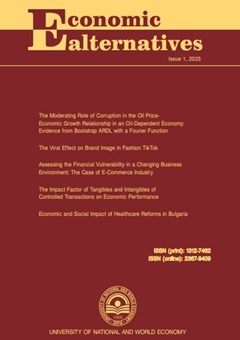Revisiting the Role of Health Financing and Workforce on Public Health Outcomes in Low-, Middle- and High-Income Countries
Authors: Samandar Khan, Alvina Sabah Idrees
Abstract
The role of health financing and healthcare workforce on public health outcomes is undeniable. The present study examines the role of domestic government health expenditure, private out-of-pocket health expenditure, physicians, pharmaceutical and nursing staff on life expectancy and under-five infant mortality rate. The comparison is made across three income groups i.e., high, middle-, and low- income countries. For estimation, panel data econometric techniques are applied using macro-level data based on 10 years (2010-2019). The Driscoll-Kraay and Prais-Winsten estimations are robust to heteroscedasticity and serial correlation. The empirical results show that health financing and healthcare workforce are positively related to life expectancy and negative with infant mortality rate. Furthermore, the marginal impact of health financing and workforce differ across countries by different income groups. The impact of pharmacists is higher in middle income countries. In high-income countries the impact of physicians is greater as compared to nurses. Lastly, the marginal impact of nurses among low-income countries is higher in reducing the under-5 mortality rate than increasing the life expectancy.

